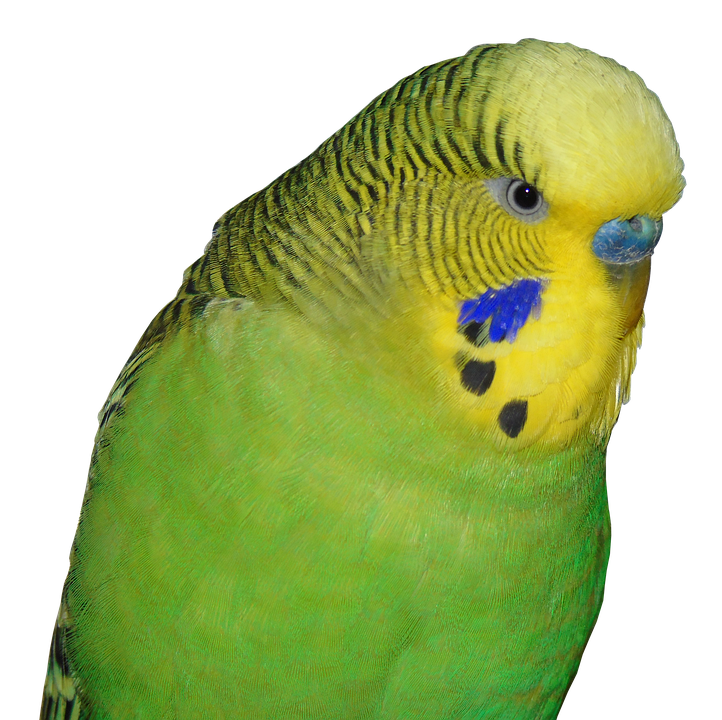*By [Your Name]*
Parrot training can be a rewarding experience for both you and your feathered friend. However, as these intelligent creatures require mental stimulation, extended training sessions may be necessary to achieve desired results. To ensure your parrot stays motivated and engaged during these longer training sessions, positive reinforcement is the key. In this article, we will explore effective techniques for using positive reinforcement and maintaining motivation in your parrot’s training journey.
**Understanding Positive Reinforcement**
Positive reinforcement is a training method that focuses on rewarding desired behaviors to encourage their repetition. By associating desired actions with pleasant outcomes, such as treats, praise, or playtime, your parrot learns to associate good behavior with positive experiences. This method strengthens the bond between you and your parrot while promoting learning and motivation.
**Setting the Stage for Extended Training Sessions**
Before embarking on an extended training session, it is important to create an environment conducive to learning and motivation:
1. **Choose the Right Time**: Select a time when your parrot is most alert and receptive to training. Avoid scheduling sessions during mealtime or when your parrot is tired.
2. **Minimize Distractions**: Find a quiet and distraction-free area for training. Turn off the television or radio to eliminate background noise that may divert your parrot’s attention.
3. **Prepare Reinforcements**: Have a variety of rewards readily available, such as your parrot’s favorite treats, toys, or verbal praise. This ensures you can promptly reinforce desired behaviors during the training session.
**Implementing Positive Reinforcement Techniques**
To maintain motivation during extended training sessions, incorporate the following positive reinforcement techniques:
1. **Use High-Value Rewards**: Offering high-value rewards, such as a special treat or a favorite toy, will keep your parrot engaged and motivated throughout the session. Save these special rewards exclusively for training sessions to make them more enticing.
2. **Break It Down**: If you are working on a complex behavior, break it down into smaller, manageable steps. This allows your parrot to grasp each step before moving on, preventing frustration and maintaining motivation.
3. **Keep it Fun and Varied**: Incorporate interactive toys, puzzles, or games into the training session to keep your parrot entertained. Introduce new challenges regularly to prevent boredom and maintain enthusiasm.
4. **Reward Incremental Progress**: During extended training sessions, it is essential to acknowledge and reward your parrot’s incremental progress. Celebrate even small achievements to keep the motivation levels high and encourage further learning.
**FAQs (Frequently Asked Questions)**
**Q: Can I use punishment to correct unwanted behavior during training sessions?**
A: It is highly recommended to avoid using punishment during training sessions. Punishment can create fear, anxiety, and negatively impact the trust and bond between you and your parrot. Focus on redirecting unwanted behavior through positive reinforcement and offering alternative behaviors that are rewarded.
**Q: How long should an extended training session last?**
A: The duration of an extended training session may vary depending on your parrot’s attention span and energy levels. Start with shorter sessions of around 10-15 minutes and gradually increase the duration as your parrot becomes more comfortable and engaged. However, always pay attention to your parrot’s responses and never push them beyond their limits.
**Q: My parrot seems disinterested during training sessions. What should I do?**
A: If your parrot appears disinterested or loses motivation during a training session, take a step back and evaluate the situation. Ensure that the training environment is comfortable, free from distractions, and that your parrot is not tired or hungry. Consider introducing new and exciting training techniques or rewards to reignite your parrot’s enthusiasm.
By employing positive reinforcement techniques and maintaining motivation during extended training sessions, you can create a fun and productive learning experience for your parrot. Remember to be patient, observant, and celebrate the progress your parrot makes along the way. Happy training!
**References:**
– [Include any references or sources you used while gathering information for this article]









